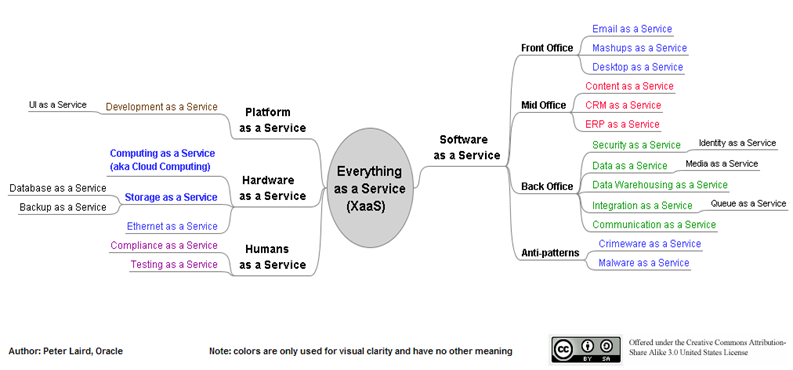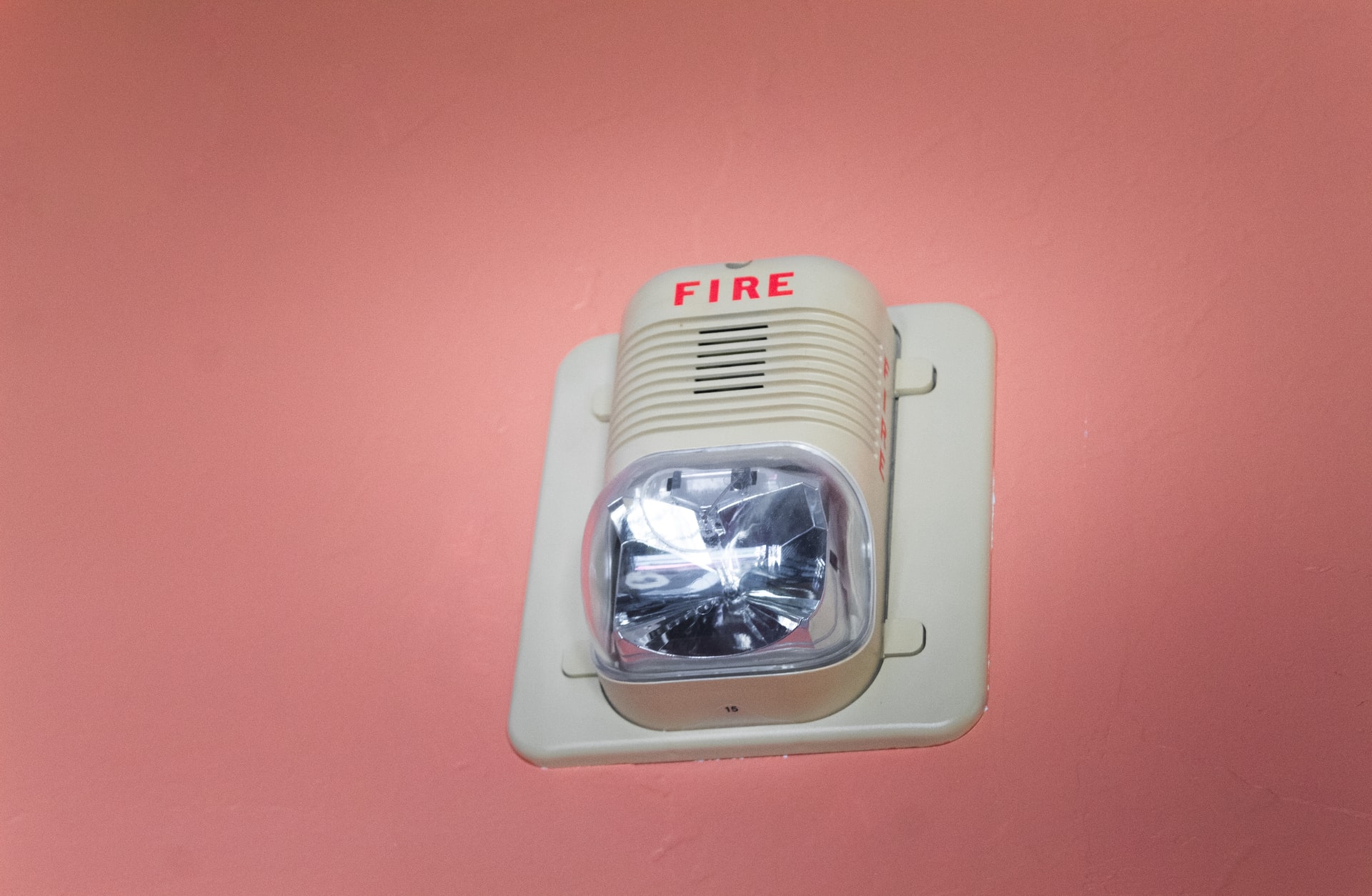When the computer revolution was several decades old, the existence of huge amounts of underutilized computing power and storage capacity from companies like Amazon, Google and others, and the huge waste it entailed, led to a series of “as a service” (aas) developments. The creation of automatically updating “aas” software also promised to save users huge amounts of time and money when software needed updates, while also giving software engineers greater control over that software.
Some of the services now provided include:
- HAAS – Hardware as a Service and Humans as a Service
- SAAS – Platform as a Service (PAAS), Software as a Service
- BAAS – Backup as a Service (BAAS),
- CAAS – Communications as a Service, Compliance as a Service, Content as a Service (aka Content on Demand), Crimeware as a Service, Computing as a Service, and CRM as a Service
- DAAS – Data as a Service, Data Warehousing as a Service (aka DWaaS), Data Mining as a Service, Database as a Service (aka DBaaS), Development as a Service, Desktop as a Service, and Document Management as a Service
- EAAS – Ethernet as a Service, ERP as a Service (aka ERPaaS), Email as a Service
- HAAS – Human Resources as a Service (HRaaS), Human Capital Management as a Service (HCMaaS)
- IAAS – Information as a Service, Infrastructure as a Service, Identity as a Service, Integration as a Service
- MAAS – Malware as a Service, Manufacturing as a Service, Mash ups as a Service, Media as a Service (video, audio)
- QAAS – Queue as ace Service
- SAAS – Security as a Service, Storage as a Service
- TAAS – Testing as a service
- UAAS – UI as a Service
- VAAS – Voice as a Service
How Might This Model Affect The Electric Grid
Clearly, electricity suppliers have pioneered some of the “as a service” model by delivering electricity to hundreds of millions of people and companies. But beyond this, the gap is huge. In the same way that the “cloud” has brought efficiencies and great improvements in usability to software, electricity in the cloud will improve user engagement and be an integral part of the foundation of smart grid rollouts, smart cities and a smart planet.
Electricity as a Service (EAAS) in the cloud means a new framework for generating and distributing energy that improves efficiency and resiliency while being environmentally sustainable would become a reality. Full integration of electric company operations, information, communications and technologies are part and parcel of the new electric system.
According to industry analysts, creation of an energy smart grid ecosystem along these lines would lead to an annual savings of 10-15% of annual household expenditures, translating into an increase in disposable income of $200-$300 each year per family. Savings in industry would be comparable.
We will cover: energy backup systems and uninterruptable power supply (UPS) systems in a future IndustryTap article.








